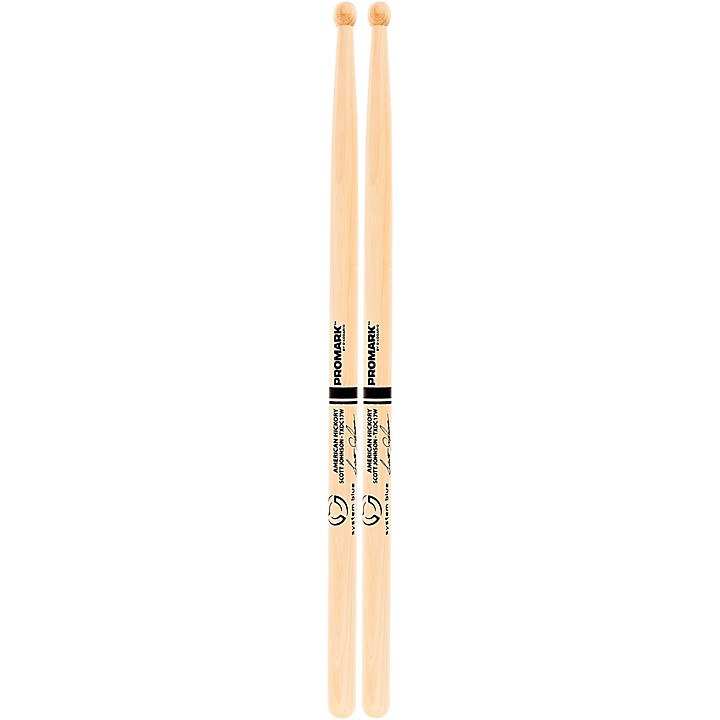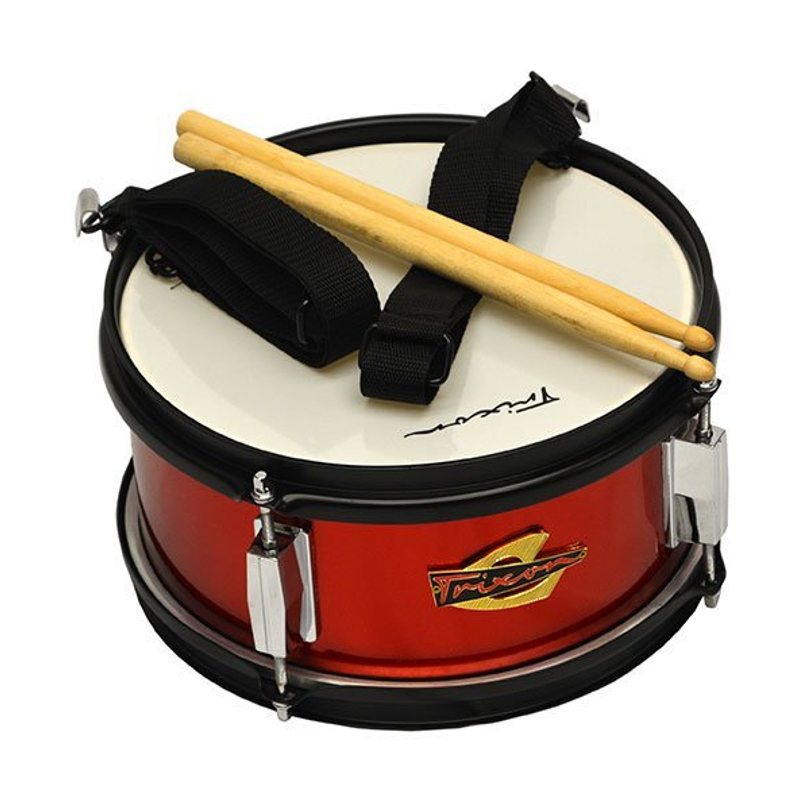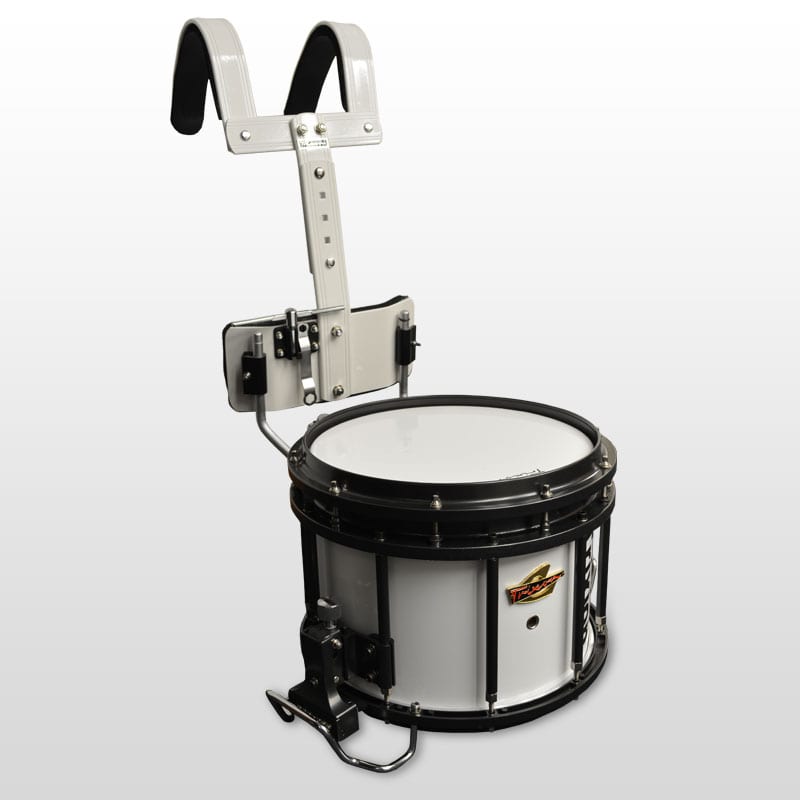Choosing the right marching snare sticks

When it comes to choosing the right marching snare sticks, there are several factors to consider to ensure optimal performance and comfort. One of the first decisions to make is whether to go for wood or synthetic materials.
Wood sticks are known for their traditional feel and warm sound, while synthetic sticks offer durability and consistency. It’s important to weigh the pros and cons of each material based on your personal preferences and playing style. Weight and balance are also crucial considerations.
The weight of the stick can affect your endurance and speed, so finding a balance that feels comfortable and allows for precise control is essential. Additionally, the grip and feel of the stick play a significant role in how it handles in your hands.
Some sticks feature added grip or texture to prevent slipping, which can be beneficial during long performances or in challenging weather conditions.
Proper technique for using snare sticks
Mastering the proper technique for using marching snare sticks is essential for achieving a clean and powerful sound. Hand positioning is the foundation of good technique, as it directly impacts your control and speed.
Additionally, stick height and angle are crucial for achieving the desired sound and articulation. Understanding the different stroke types, such as full strokes, downstrokes, and upstrokes, allows for versatility and dynamic expression in your playing.
Caring for your marching snare sticks
 Caring for your marching snare sticks is essential for prolonging their lifespan and maintaining their performance. Proper storage and maintenance, such as keeping them in a stick bag and cleaning them regularly, can prevent damage and warping. Additionally, knowing when to replace worn-out sticks is crucial for preventing accidents and maintaining consistent sound quality.
Caring for your marching snare sticks is essential for prolonging their lifespan and maintaining their performance. Proper storage and maintenance, such as keeping them in a stick bag and cleaning them regularly, can prevent damage and warping. Additionally, knowing when to replace worn-out sticks is crucial for preventing accidents and maintaining consistent sound quality.
Benefits of using high-quality marching snare sticks
 Using high-quality marching snare sticks offers a range of benefits that can elevate your playing experience. Improved sound quality is one of the most noticeable advantages, as high-quality sticks can produce a more resonant and articulate sound.
Using high-quality marching snare sticks offers a range of benefits that can elevate your playing experience. Improved sound quality is one of the most noticeable advantages, as high-quality sticks can produce a more resonant and articulate sound.
Furthermore, using sticks that are well-balanced and comfortable can reduce the risk of injury and fatigue, allowing for longer and more enjoyable practice sessions. Ultimately, high-quality sticks can enhance your overall performance and confidence on the field.
Conclusion
In conclusion, choosing the right marching snare sticks and mastering proper technique are essential for any drummer looking to excel in the marching band setting. By considering factors such as material, weight, and grip, as well as practicing proper technique and caring for your sticks, you can ensure a more enjoyable and successful playing experience.
Investing in high-quality sticks can make a significant difference in your sound and performance, ultimately enhancing your overall musical journey.
FAQs
-
Why are marching snare sticks so thick?
* Easier to play louder, given the additional weight. * Essential for marching snare drums – these drums have very thick heads, and such drummers will use incredibly thick sticks to get the desired sound.
-
What size drumsticks for marching band?
DRUMSTICKS: WHAT SIZE? “S” sticks are heavy and intended for street performances such as marching band. “B” sticks are easy to control and used by many rock drummers. “A” sticks are ideal for lower volume situations in a jazz combo or orchestra.
-
What are 7A drumsticks used for?
These are the most common drumstick sizes you’ll see at music retailers: 7A (a lighter stick, great for jazz) 5A (a good moderate stick for all types of playing)
Originally posted 2023-07-14 02:55:27.

